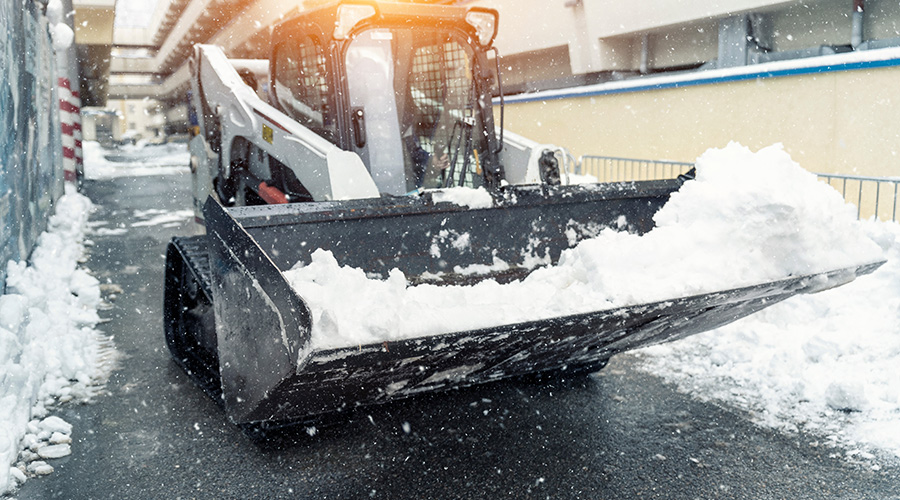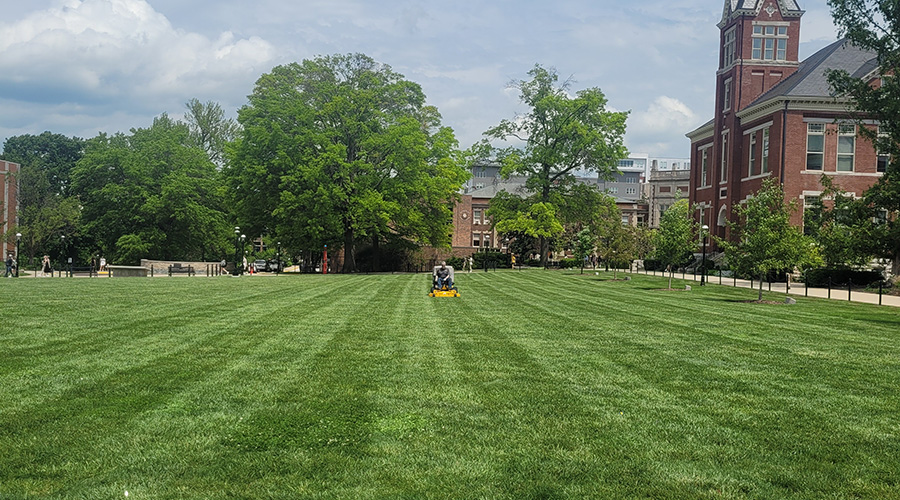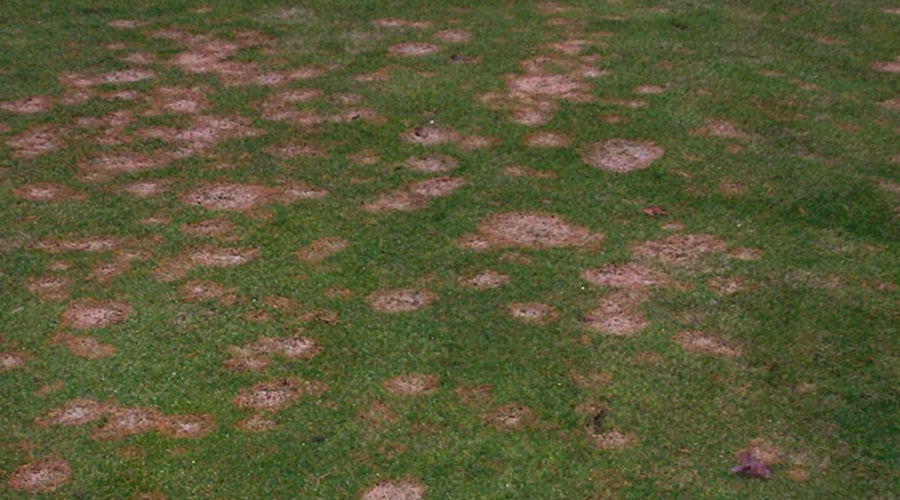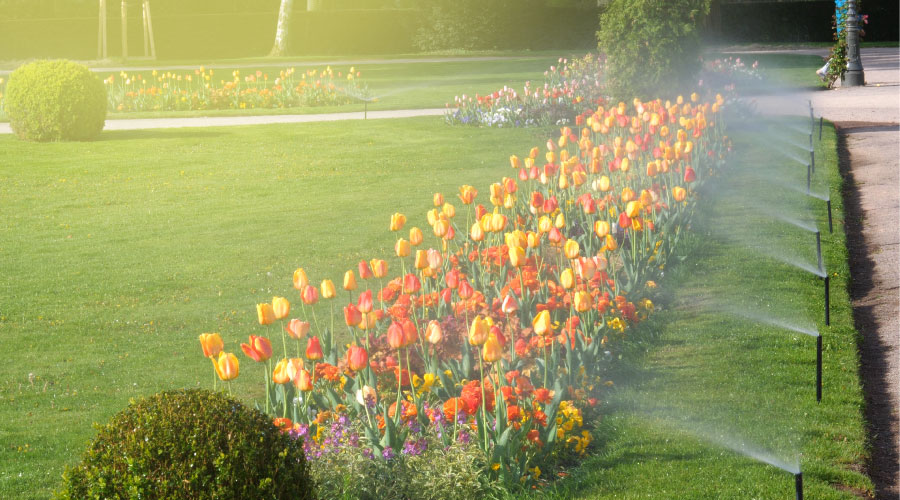Light-Construction Equipment, Attachments Fuel Grounds Projects
One of the keys to successful landscape projects — aside from strong communication among those involved in the project — is effective equipment. Holysz and his grounds crews tackle about six medium- to large-scale construction projects and many smaller projects each year. A versatile, reliable equipment fleet is a key cog in all of those jobs.
The landscape services department uses a range of turf- and landscape-maintenance equipment, including mowers, utility vehicles, turf vacuums, and lawn sweepers. But Holysz also has a diverse set of light-construction equipment and attachments that improve worker productivity and safety.
The department has an end loader, a dump truck, a lift-gate truck, utility tractors, and skid-steer loaders. Attachments for this equipment include augers, buckets and backhoes, forklifts, and tree spades. When specifying attachments — or implements, as Holysz calls them — for these larger pieces of equipment, he looks at the versatility of the attachment and whether it is a good match for equipment in his fleet.
"An auger is a good example because if I get an auger implement that will fit a piece of equipment that I have, why do I want to buy something that stands alone?" Holysz says. "I can buy an implement and get better use out of the existing equipment. That equipment is used at all times. If I want to put an auger on there to drill some holes, that works out well."
Cost plays a role in the decision-making process, but it is not always the No. 1 consideration, Holysz says. Operator safety and worker productivity also influence decisions.
"It gets down to what that piece of equipment is used for, what it is, how good it is, and if it's interchangeable," he says. "I always seem to jump back to the auger issue. I could have bought a stand-alone auger that would have been a lot cheaper than getting the implement for the (skid-steer loader). But the implement is simple, it's easy, and it doesn't wreck the (operator's) body. There are safety issues there, too — fatigue.
"When a person has to drag a little (stand-alone) auger around with a little engine, and they have to get out there by hand and hold on to that thing ... if you get caught in a chunk of concrete, you're bruised."
Finding the right attachments for his existing fleet also helps justify the cost of the larger equipment because crews are using the equipment for a lot of jobs, rather than just one or two specialized tasks. With the attachment lineup Holysz has, it is rare to encounter a job that requires a piece of equipment or a combination of tools the department does not possess. But when those unique jobs do arise, Holysz looks to equipment rental.
"I look at virtually everything that happens on the job," he says. "Usually when I rent things, it's those pieces of equipment that sit around on the shelf for too long, and I'm not getting my money's worth. If there's a piece of equipment I need to have but I need it for one or two jobs, it doesn't make sense for me (to buy).
"I really can't justify that to the powers that be that I'm going to have to have this piece of equipment, that I'm not going to live without it for the next five years. I can go rent that thing for half a day, or a day and a half, and the job is done."
Related Topics:















